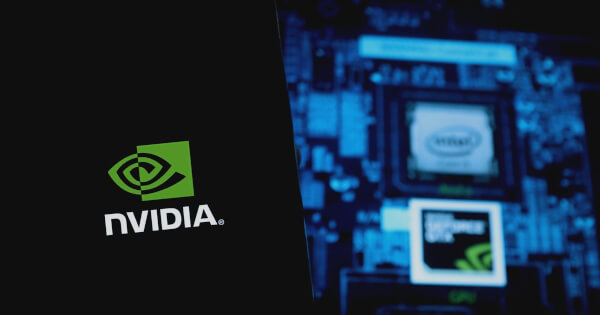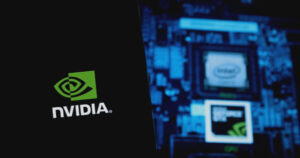Revolutionizing Alzheimer’s Detection: The Eye-AD Breakthrough
By Lawrence Jengar
Publication Date: November 22, 2024
The intersection of artificial intelligence (AI) and healthcare continues to unveil groundbreaking breakthroughs, and one of the most promising advancements is in the diagnosis of Alzheimer’s disease. A recent study from NVIDIA introduces Eye-AD, an innovative technology that employs AI to analyze retinal scans and provide early detection of Alzheimer’s—one of the most pressing health concerns affecting millions worldwide.

Why Early Detection Matters
Alzheimer’s disease currently impacts over 50 million individuals globally, and with an aging population, this number is expected to rise drastically. The value of early detection cannot be overstated; it not only improves treatment outcomes but also allows families to strategize long-term care plans effectively. By intervening early, healthcare providers can slow progression, offering patients a better quality of life during their journey with the disease.
The Retina: A Unique Diagnostic Window
Often poetically referred to as the ‘window to the brain,’ the retina shares an embryonic lineage with brain tissues. Research increasingly points to the correlation between retinal health and cognitive function—specifically, changes in the eye’s microvasculature can indicate early signs of dementia. Traditional methods for diagnosing Alzheimer’s, such as MRI scans and spinal fluid tests, can be both invasive and expensive. This makes Eye-AD’s non-invasive methodology not just innovative but a game-changer in the realm of cognitive health.
Technical Advancements Behind Eye-AD
What sets Eye-AD apart is its sophisticated use of advanced neural networking technologies. The framework utilizes a convolutional neural network (CNN) to extract pertinent features from retinal images, paired with a graph neural network (GNN) that observes the interplay of different retinal layers. It makes use of Optical Coherence Tomography Angiography (OCTA) to visually examine blood flow and fine vascular structures within the retina, identifying major biomarkers indicative of early-onset Alzheimer’s Disease (EOAD) and mild cognitive impairment (MCI).
The research team meticulously trained the Eye-AD model using an impressive dataset of 5,751 OCTA images from 1,671 participants, leveraging cutting-edge computing power with NVIDIA GeForce RTX 3090 GPUs. This significantly increased both the training speed and the capacity for processing high-resolution images efficiently.
Performance and Future Directions
The performance metrics associated with Eye-AD are nothing short of remarkable. With an Area Under the Curve (AUC) of 0.9355 on internal datasets and 0.9007 on external datasets, it outperformed alternative diagnostic models in detecting EOAD. The sensitivity for MCI detection, while slightly lower, remains competitive at AUC values of 0.8630 (internal) and 0.8037 (external). The researchers notably identified the deep vascular network within the retina as a critical marker for early disease prediction.
Eye-AD holds the promise of becoming a standardized tool in cognitive health assessments, paving the way for broader application in various clinical settings. Future research will aim to validate the model across diverse demographic groups and merge it with other diagnostic modalities to enrich clinical decision-making.
As an added benefit, the source code for Eye-AD is publicly available on GitHub, inviting further exploration, improvements, and studies in this revolutionary field of detection.
To discover more details on this pioneering study, be sure to read the full paper available in Nature.
At Extreme Investor Network, we recognize the transformative potential of technologies like Eye-AD. By closely following advancements in AI and blockchain technology, we aim to keep you informed about disruptive innovations that are reshaping our world. Stay tuned for more insights and developments in the realm of health tech and beyond!

